From Page to Stage Chapter Notes | Arts (Kriti) Class 8 - New NCERT PDF Download
| Table of contents |

|
| Introduction |

|
| Theatre-Making |

|
| Scene 1: Brainstorming Ideas |

|
| Scene 2: Work Begins |

|
| Scene 3: Rehearsals and Preparation |

|
| Scene 4: The First Run-Through |

|
| Scene 5: Showtime! |

|
Introduction
Theatre-making is a creative process where ideas turn into action through teamwork. It includes planning scenes, writing scripts, designing costumes, rehearsing, and performing with voice and expression. Every small step builds the bigger picture of a play. The most important part is not resources but dedication, imagination, and enthusiasm.
Theatre-Making
The theatre-making process is full of creative energy, where ideas turn into action. In this chapter, the students plan, prepare, and rehearse for a school performance. They work together to create a script, design costumes, incorporate puppetry and mime, and add music and dance.
Scene 1: Brainstorming Ideas

The play begins with a brainstorming session where the students discuss the theme of the play. They decide to choose an Indian folk story and blend it with elements like puppetry, dance, and music. The students brainstorm stories like "Savitri and Satyavan" and "Tenali Rama," finally settling on a Himalayan folktale that captures the essence of drama, humor, and visual elements.
Key Points:
- Choosing a story with a clear beginning, middle, and end.
- The importance of blending different forms of art such as puppetry, dance, and music.
Scene 2: Work Begins
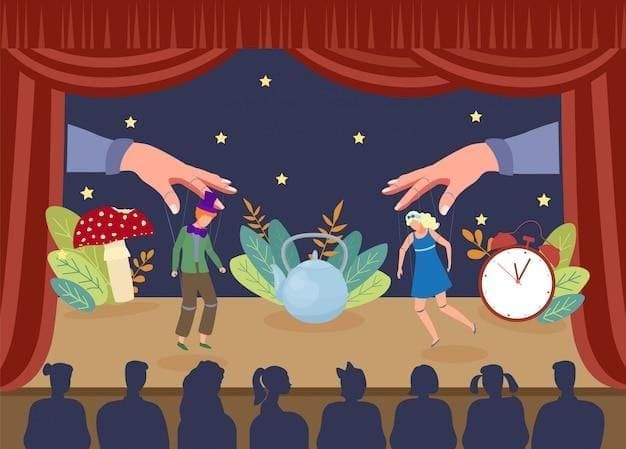
The scriptwriting begins, and students form teams to handle different aspects of the play. Karan leads the scriptwriting team, and other students take responsibility for music, dance, costumes, and documentation. The students face challenges and work together to complete their tasks.
Key Points:
- Importance of teamwork and dedication.
- Deadlines help keep the project on track.
Scene 3: Rehearsals and Preparation
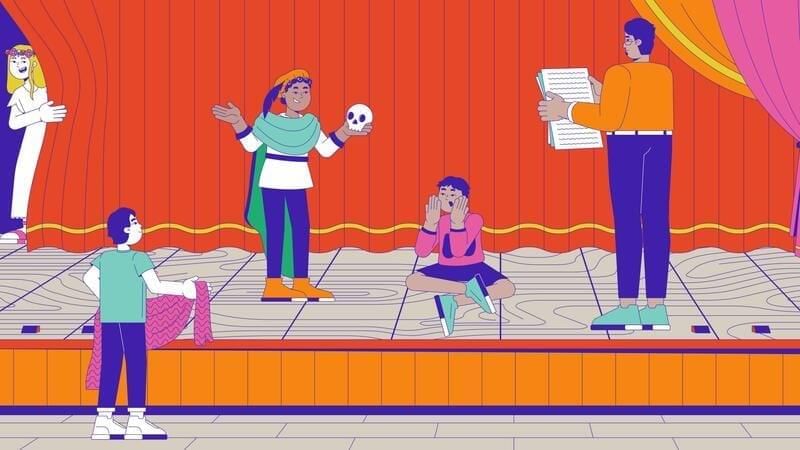
As the rehearsals begin, the students face several challenges. The costume and prop teams struggle with organization, and the scriptwriting team experiences conflicts. However, they all learn how to work together, listen to feedback, and improve their performance.
Key Points:
- Rehearsals help refine the play and improve coordination.
- Feedback from teachers and classmates is essential for growth.
Scene 4: The First Run-Through
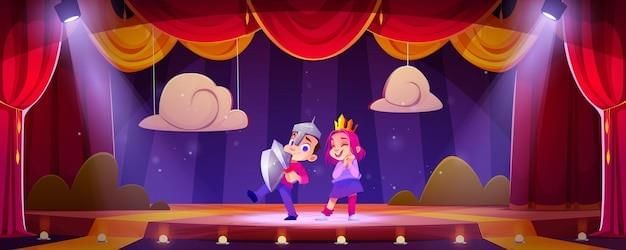
In the first full performance run, the students face several mistakes but learn valuable lessons. They realize the importance of smooth scene transitions, voice projection, and coordination between departments.
Key Points:
- The importance of run-throughs before the final show.
- Constructive feedback helps improve the performance.
Scene 5: Showtime!
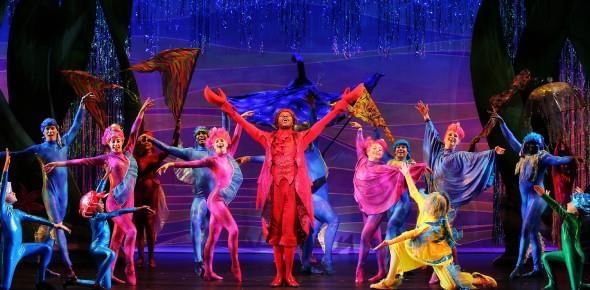
The performance day arrives, and despite last-minute challenges, the students pull off a successful show. They manage their roles, work together as a team, and ensure everything goes smoothly.
Key Points:
- Remaining calm under pressure is essential for success.
- Teamwork is the key to overcoming challenges during the performance.
Steps for Preparation & Lessons Learnt
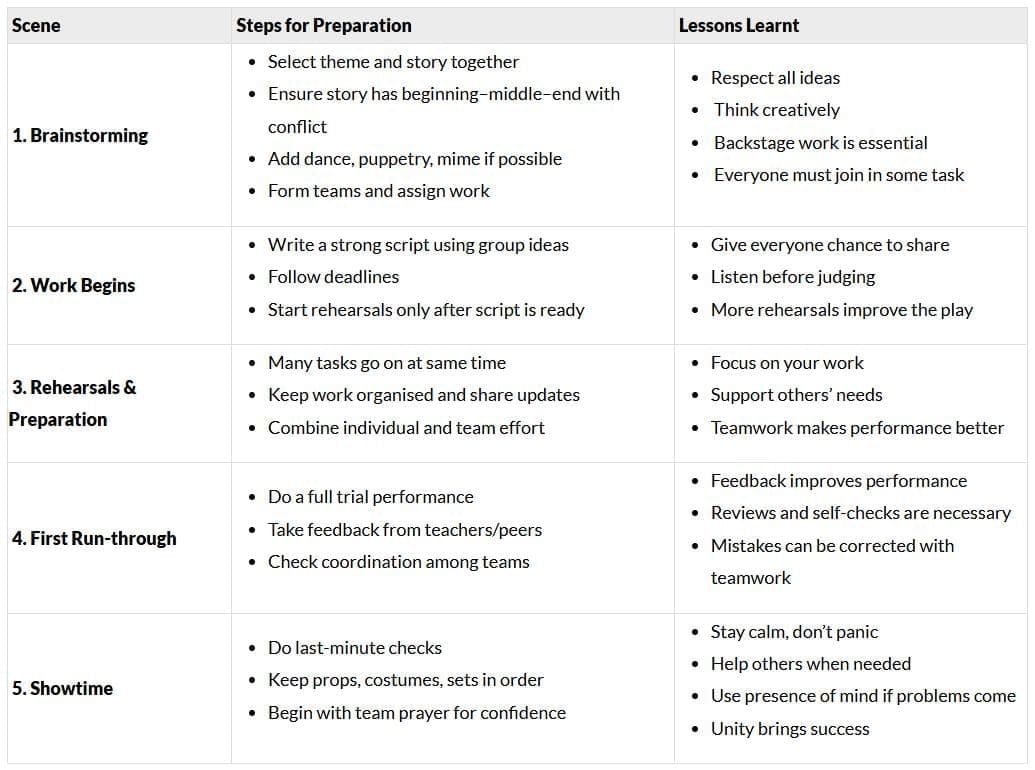
Key Takeaways
- Teamwork: Every team member, whether backstage or on stage, plays an important role in the success of the show.
- Creativity: Combining various elements like dance, puppetry, music, and acting makes the performance richer and more engaging.
- Perseverance: Even when faced with mistakes or difficulties, the show must go on with confidence and determination.
- Adaptability: Theatre teaches us how to be flexible, think on our feet, and solve problems creatively.
|
76 docs|19 tests
|
FAQs on From Page to Stage Chapter Notes - Arts (Kriti) Class 8 - New NCERT
| 1. What are the key stages of theatre production? |  |
| 2. How does collaborative teamwork function in theatre-making? |  |
| 3. Why is feedback important in the theatre-making process? |  |
| 4. What lessons can be learned from the process of staging a play? |  |
| 5. What is the spirit of theatre? |  |














